- About us
- Support the Gallery
- Venue hire
- Publications
- Research library
- Organisation chart
- Employment
- Contact us
- Make a booking
- Onsite programs
- Online programs
- School visit information
- Learning resources
- Little Darlings
- Professional learning

Anthony Browell reminisces about meeting Rose Lindsay, the wife of Australian artist Norman Lindsay.
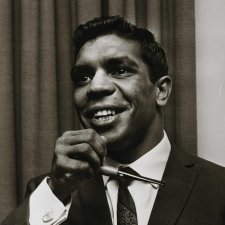
Two lively portrait photographs reflect the agility of their subjects: world champion Australian sportsmen Lionel Rose and Anthony Mundine.
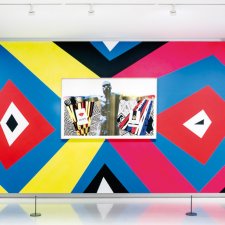
Brook Andrew, Marcia Langton and Anthony Mundine.
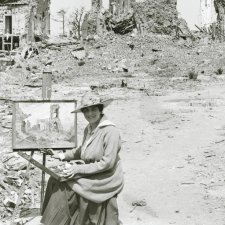
Dr Sarah Engledow traces the significant links between Antonio Dattilo-Rubbo and Evelyn Chapman through their portraits.
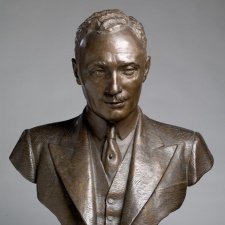
Australia's tradition of sculpted portraits stretches back to the early decades of the nineteenth century and continues to sustain a group of dedicated sculptors.

As a convict Thomas Bock was required to sketch executed murders for science; as a free man, fashionable society portraits.
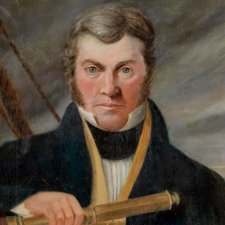
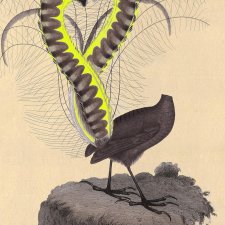
Emma Kindred looks at the career of Joan Ross, whose work subverts colonial imagery and its legacy with the clash of fluorescent yellow.
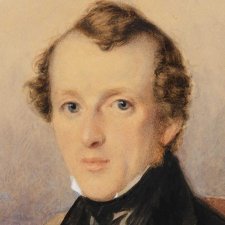
Michael Desmond examines the career of the eighteenth-century suspected poisoner and portrait artist Thomas Griffiths Wainewright.
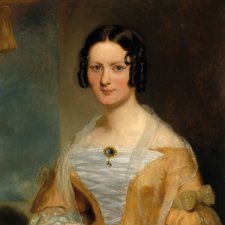
Henry Mundy's portraits flesh out notions of propriety and good taste in a convict colony.

English artist Benjamin Duterrau took up the cause of the Indigenous peoples of Tasmania with his detailed and sympathetic renderings.
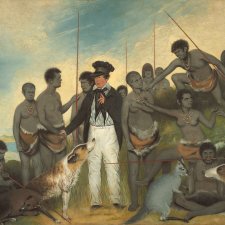
Gareth Knapman explores the politics and opportunism behind the portraits of Tasmania’s Black War.
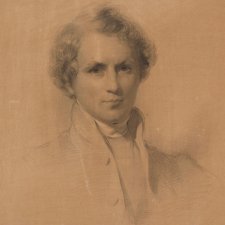
Jessica Smith looks at the 'fetching' portrait of Tasmania's first Anglican Bishop, Francis Russell Nixon by George Richmond
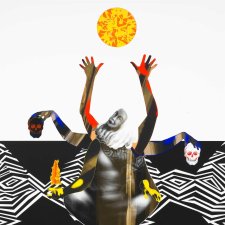
Dr Christopher Chapman explores the symbolism in the portrait commission of Marcia Langton by Brook Andrew.
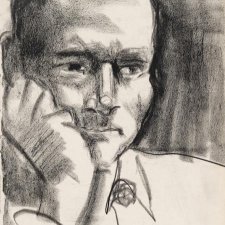
Lauren Dalla examines the life of Australian painter Roy de Maistre and his portrait by Jean Shepeard.
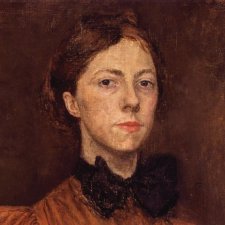
British novelist and poet, Michael Rosen, weaves a tale about his early encounters with creativity and the self-portrait of a childhood friend.
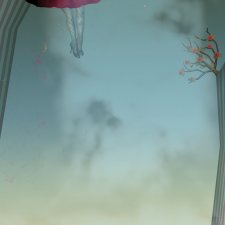
In 2007 the National Portrait Gallery produced its first online exhibition featuring the animated self portraits created by some of Australia’s most innovative visual artists and animators.
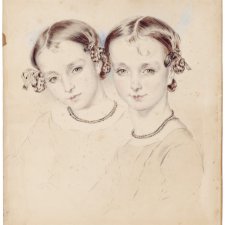
Joanna Gilmour explores the life of a colonial portrait artist, writer and rogue Thomas Griffiths Wainewright.
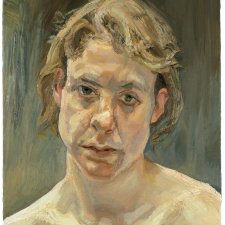
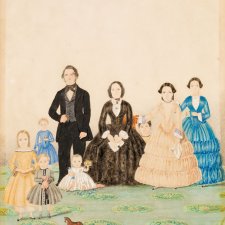
Jo Gilmour uncovers endearing authenticity in the art of a twice-transported Tasmanian.
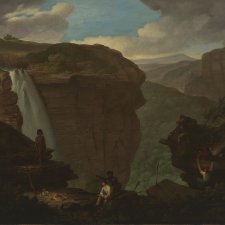
The London-born son of an American painter, Augustus Earle ended up in Australia by accident in January 1825.
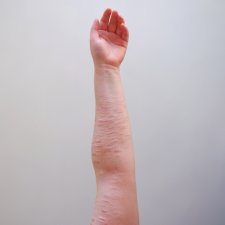
Former National Portrait Gallery Curator Magda Keaney was a member of the selection panel of the Schwepes Photographic Portrait Prize 2004 at the National Portrait Gallery London.
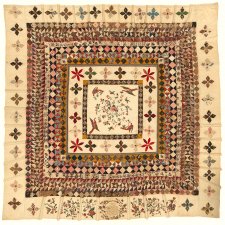
The Rajah Quilt’s narrative promptings are as intriguing as the textile is intricate.
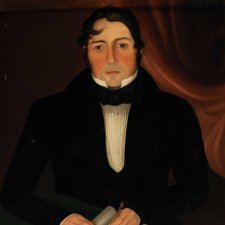
Joanna Gilmour explores the life and times of convict-turned-artist William Buelow Gould.
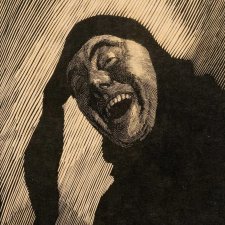
Michelle Fracaro describes Lionel Lindsay's woodcut The Jester (self-portrait).
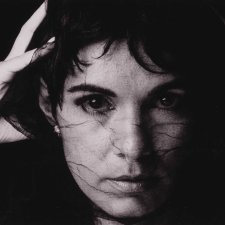
Michael Riley’s early portraits by Amanda Rowell.
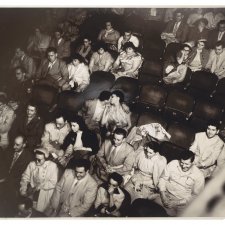
The Tate/SFMOMA exhibition Exposed examined the role of photography in voyeurism and how it challenges ideas of privacy and propriety.
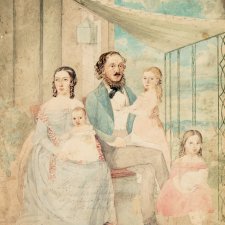
The art of Australia’s colonial women painters affords us an invaluable, alternative perspective on the nascent nation-building project.
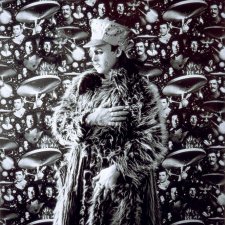
Dr Sarah Engledow writes about the larger-than-life Australian performance artist, Leigh Bowery.
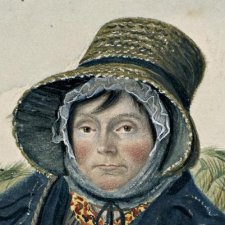
Dempsey’s People curator David Hansen chronicles a research tale replete with serendipity, adventure and Tasmanian tigers.
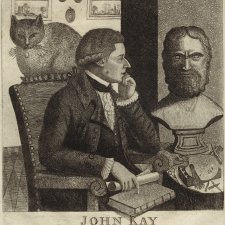
Joanna Gilmour presents John Kay’s portraits of a more infamous side of Edinburgh.
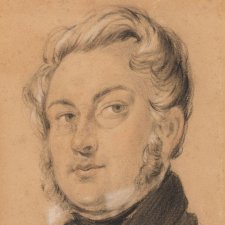
Whether the result of misadventure or misdemeanour, many accomplished artists were transported to Australia where they ultimately left a positive mark on the history of art in this country.
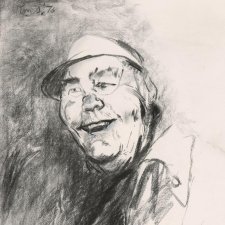
Michael Desmond explores what makes a portrait subject significant.
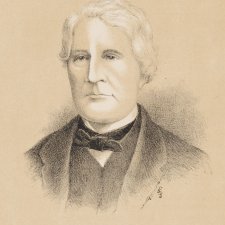
Grace Carroll on the gendered world of the Wentworths.
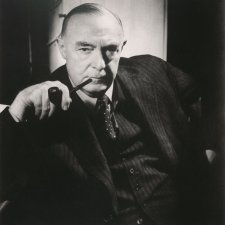
Johanna McMahon revels in history and mystery in pursuit of a suite of unknown portrait subjects.
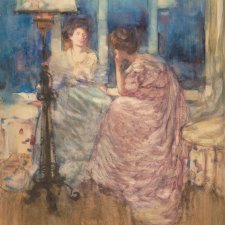
Penelope Grist finds inspiration in pioneering New Zealand artist, Frances Hodgkins.
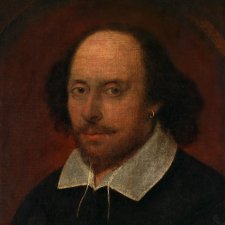
Joanna Gilmour travels through time to explore the National Portrait Gallery London’s masterpieces in Shakespeare to Winehouse.
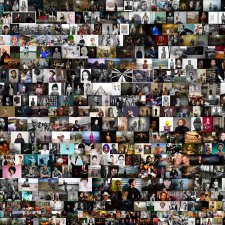
Sarah Engledow picks some favourites from a decade of the National Photographic Portrait Prize.
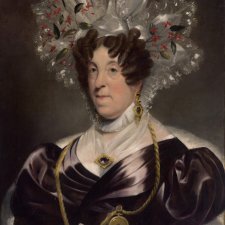
Joanna Gilmour describes how colonial portraitists found the perfect market among social status seeking Sydneysiders.

Jean Appleton’s 1965 self portrait makes a fine addition to the National Portrait Gallery’s collection writes Joanna Gilmour.
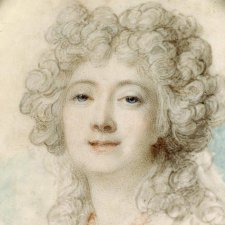
Joanna Gilmour looks beyond the ivory face of select portrait miniatures to reveal their sitters’ true grit.
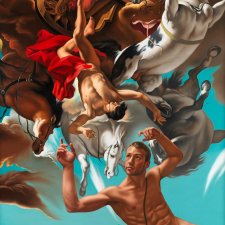
How seven portraits within Bare reveal in a public portrait parts of the body and elements of life usually located in the private sphere.
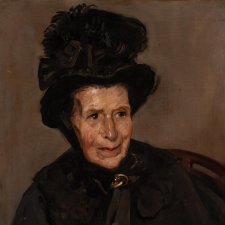
Joanna Gilmour profiles Violet Teague, whose sophisticated works hid her originality and non-conformity in plain sight.
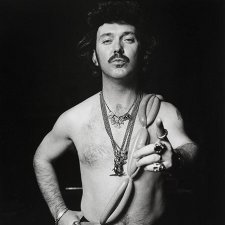
Penelope Grist reminisces about the halcyon days of a print icon, before the infusion of the internet’s shades of grey.

Sarah Engledow casts a judicious eye over portraits in the Victorian Bar’s Peter O’Callaghan QC Portrait Gallery.